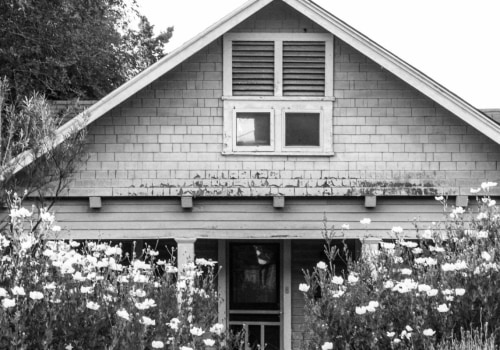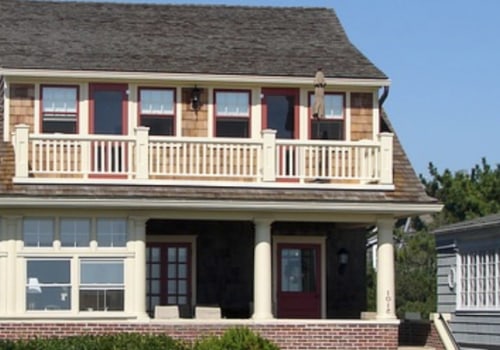The Substance Abuse and Mental Health Services Administration (SAMHSA) National Helpline is a free referral service that provides information about mental health and substance abuse treatment programs. It is available 24 hours a day, 7 days a week, in both English and Spanish. If you are uninsured or underinsured, SAMHSA can refer you to state-funded treatment programs or facilities that charge on a sliding fee scale or accept Medicare or Medicaid. Alcohol and drug addiction can have a devastating effect on the entire family.
Substance abuse treatment works by helping individuals to understand their addiction and develop the skills to maintain sobriety. Family interventions can be an important first step in the recovery process, and there are resources available to help children from families affected by alcohol and drug abuse. Sober living households (SLH) are populated by groups of people who are recovering from addiction and striving to maintain abstinence. In California, many SLHs are affiliated with coalitions or associations that monitor health, safety, quality, and adherence to a peer-oriented recovery model, such as the California Addiction Recovery Resource Association (CAARR) or the Sober Living Network (SLN).
Transitioning from a highly structured environment to independence can be challenging, so sober living homes can bridge the gap and provide some structure while allowing individuals to regain independence. These types of sober living tend to charge higher rates than traditional housing, yet they are often able to offer a very affordable alternative to what would otherwise constitute expensive hospital treatment. Sober living homes provide a safe, sober place to return home each night and give residents the opportunity to adjust to independent living without the 24-hour formal care they received in a treatment setting. Sober living is an excellent option for those who have completed addiction treatment and are looking for support as they practice new skills, gain new knowledge, and shape their new life in recovery with others who may be facing similar challenges.
A sober living home can also be beneficial for those who are transitioning from a highly structured environment to independence. Sober living usually follows addiction treatment, so it is recommended to obtain a referral from the treatment provider. Those who stay in a sober home will typically stay there for at least 90 days, but stays can be arranged for as long as needed. American Addiction Centers offer sober living arrangements nationwide at Resolutions — Recovery.
These facilities provide an environment where individuals can learn how to live sober after treatment with people who have experienced substance addiction themselves. Participants in one study were interviewed within the first week of entering a sober home and again at 6, 12 and 18 months of follow-up. The results showed that those who stayed in sober living homes had significantly lower rates of relapse than those who did not stay in sober living homes. Day Treatment with Sober Living Option Intensive Outpatient Program (IOP) Teen Intervene Family Support Recovery Management are all options available for those looking for additional resources related to addiction recovery and mental health.




